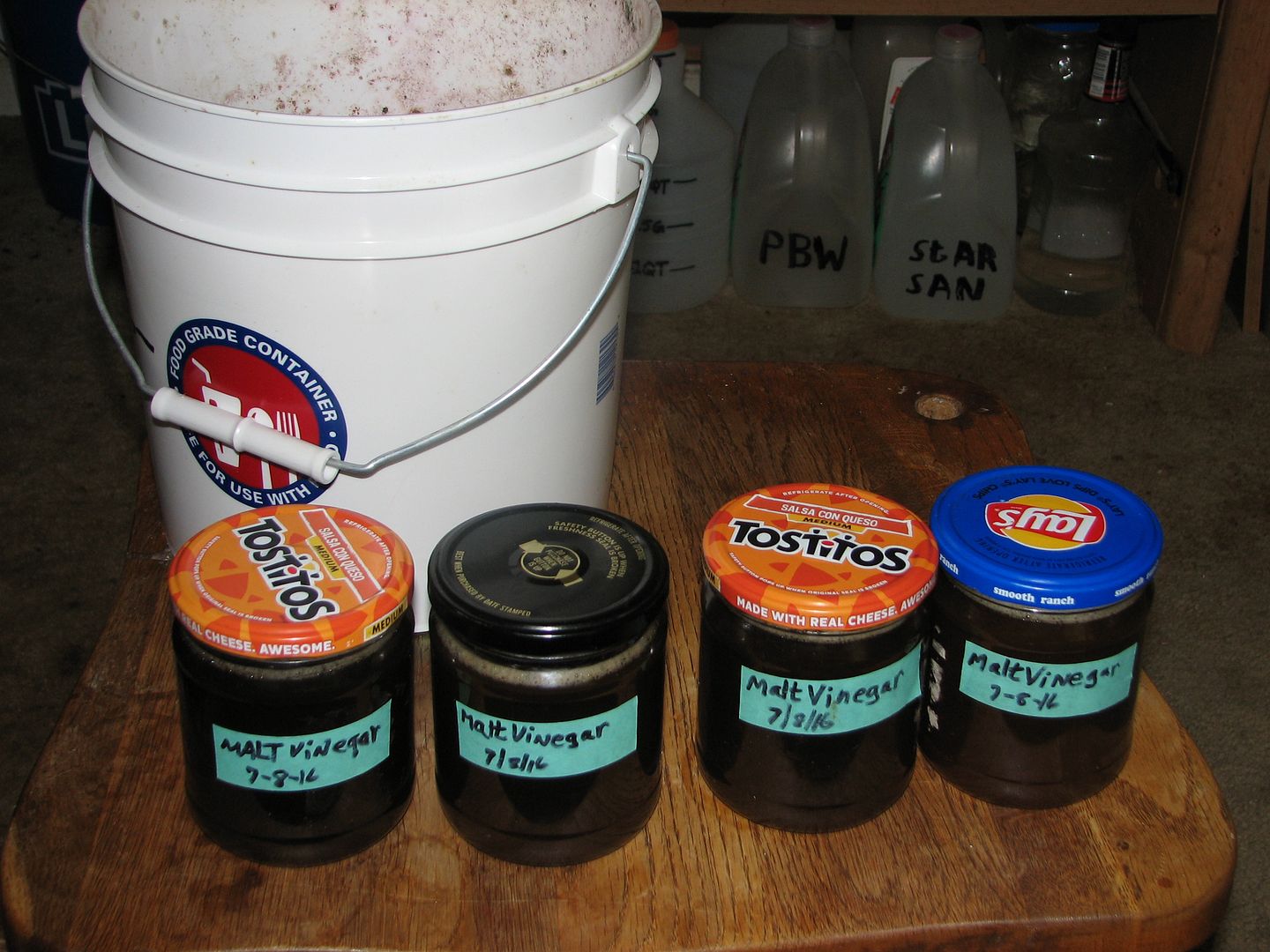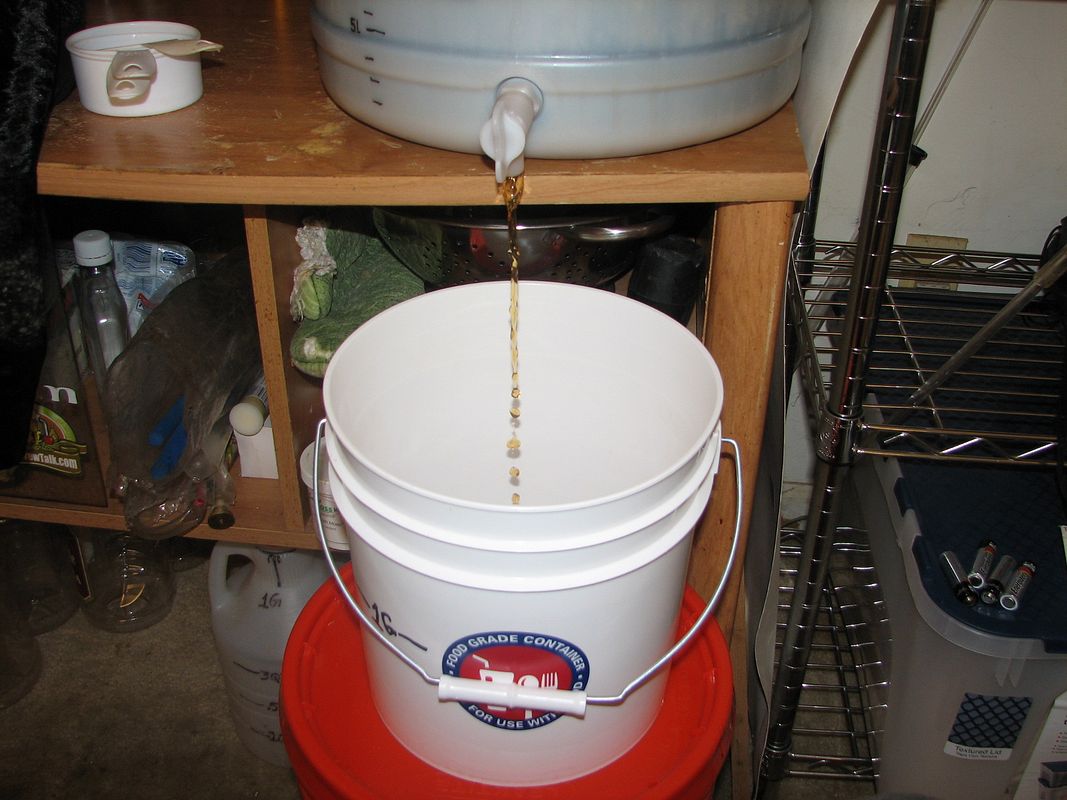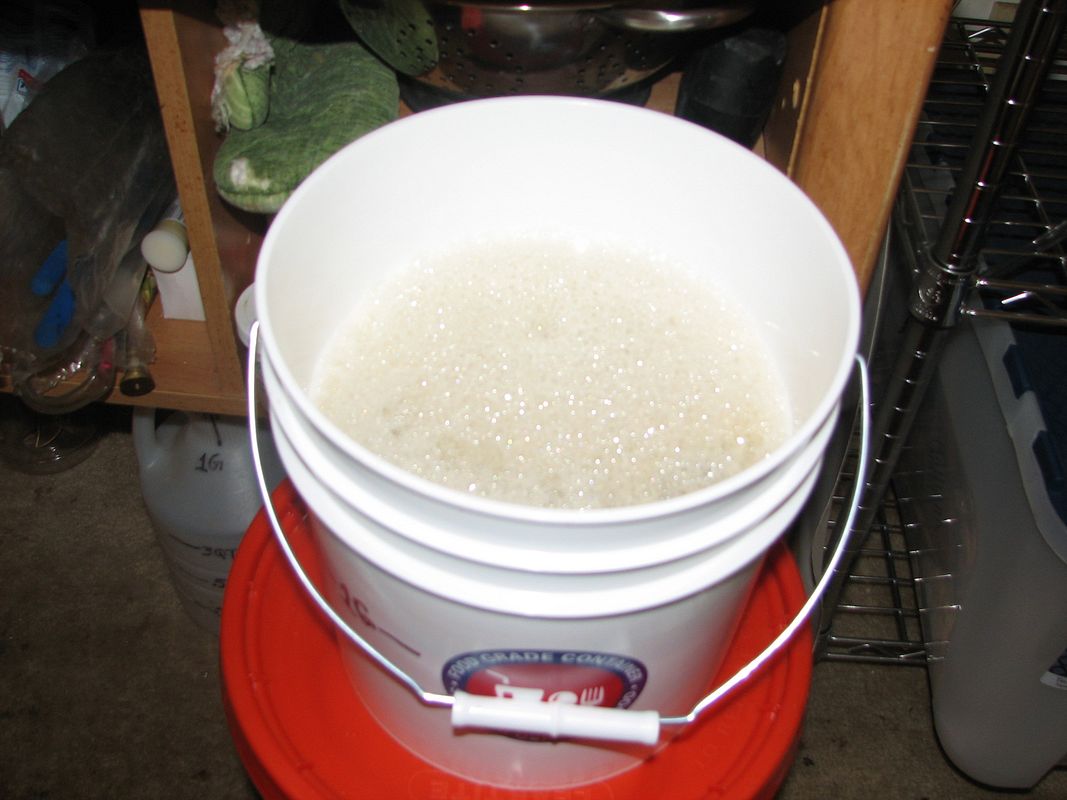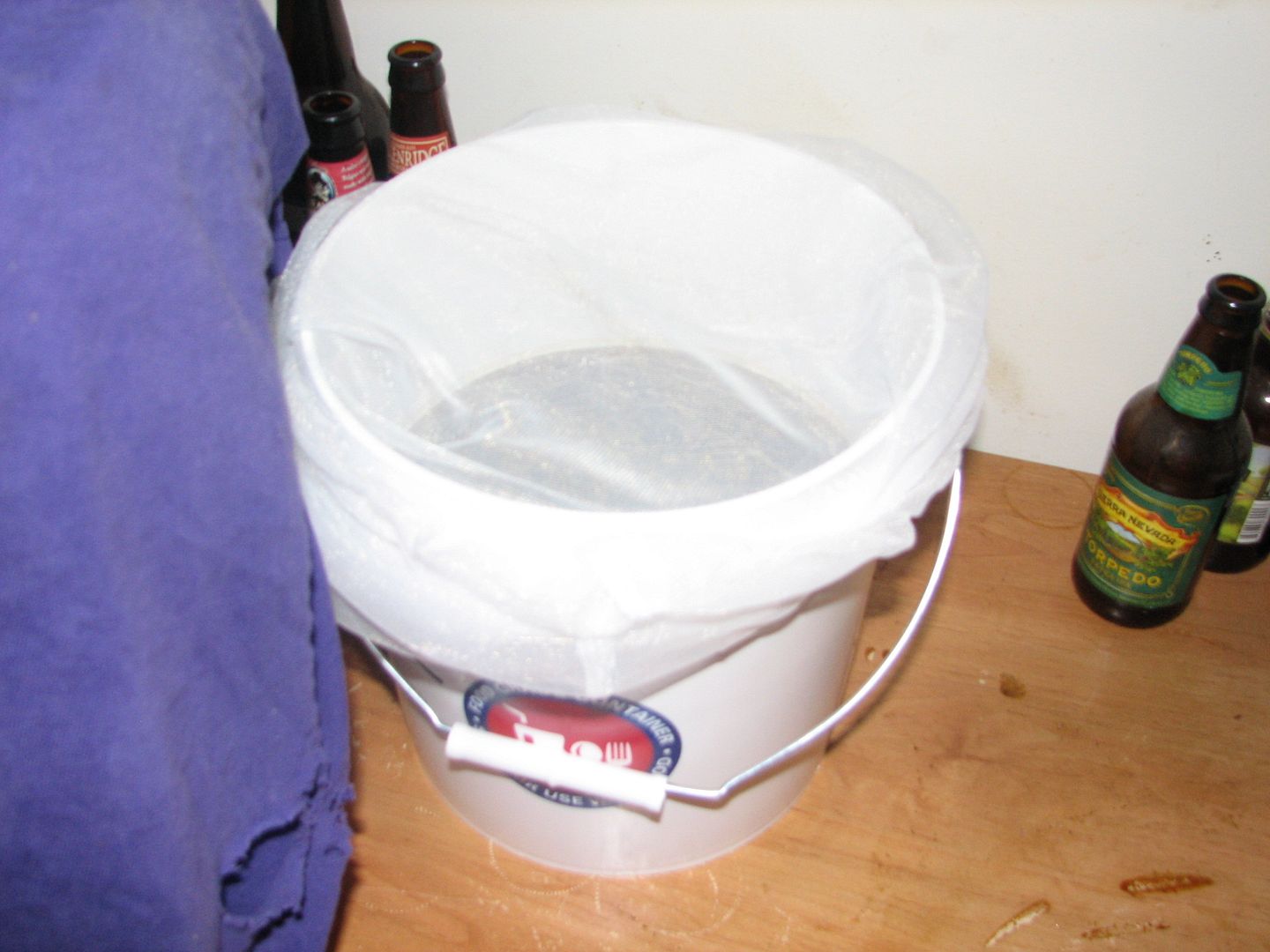Curtis2010
Well-Known Member
- Joined
- Dec 6, 2011
- Messages
- 1,875
- Reaction score
- 640
Sounds like you've got 2.5 gallons of malt vinegar to me.

Ive read through this thread but can't seem to find a situation like mine.
I was cleaning up the basement and found a 5 gal carboy with ~ 2.5 gal of a Flanders Red that I seem to have misplaced about 2 years ago. It is very vinegary with some interesting background notes. It doesn't taste or smell "off" in any way.
Any issues with using this as a condiment - salad dressing, fish and chips and such?

















So my two batches have become tasty malt vinegar, so I have a question what to do at this point. Should I cover the jars with their lids now that the conversion has taken place, or should I leave it exposed to air with the lid off? Also for dilution should I use distilled or RO water for that?
Once fermentation is finished there is no need to keep it exposed to air (regardless you do want it covered so nothing else gets in there). I usually let mine "finish" for 1 month, lid on loosely to allow air exchange, and then bottle.
Any good quality water, without significant mineral content/taste, should be fine. I use RO water, but just because thats what we have in place already for drinking.
Is there a telltale sign of vinegar production, like bubbling in beer? I put in 1 table spoon braggs " with the mother" in 12oz beer to try it. Its only been a week, but just wondering if there is ever any "activity"?
I have a feeling that the suggestion to keep the top open is a bit overkill. My first two attempts I left completely open and lost quite a bit to evaporation and grew a lovely head of mold. The next time I loosely covered the top and removed the covering for a few seconds every week or so. I then had success.
From this I understand that it needs some air transfer but not so much that there is appreciable loss.
This was with a wine vinegar that I diluted so that it was about 7%.
T

I had a plastic bag over my small pail of malt vinegar, after I was certain it was done. Finally got around to jarring it up, since it'd evaporated quite a bit. It seems kind of concentrated, something like Basalmic vinegar? I don't know if it'[s good or bad, but it smells a bit like a meat sauce. Clear on top, with that whitish layer of cellulous floating under the surface. Got four, 15oz jars, since that's all I had to put it in, after sanitizing with Starsan.
[IMG]http://i563.photobucket.com/albums/ss71/unionrdr/IMG_0167_zpsvbsqmgtu.jpg[/IMG]
Got'em in the fridge crashing to clear'em, up now...



I haven't tasted it yet. I thought it'd be better once it's cold-crashed clear, like beer would be? Trying to show some patience for a vinegar I thought I'd let turn into something possibly unique? Might be useable like a Basalmic?
And hopping in a beer intended to be used for making vinegar should be light. It is said to make the flavor a bit funky, if I remember right? Gotta look through the thread again? I lightly hopped my Cooper's English bitter with an ounce of EKG, thinking the herbs with lemon grass flavor of the hop would compliment it?
I made the Cooper's English bitter to the intended 6G, or 23L's, using the 6th gallon to make vinegar in this 2G pail...
...
Yeah, I know Basalmic is made differently. But, so far, this one has that same sort of rich sweet/tart sorta thing going from the aroma thus far. Can't wait till it crashes clear to see what I've wrought!

Know this is an old thread but I was wondering how to tell when the vinegar process is complete? I have about 2 gal that has been continually making a Mother raft for the past 6 months, it falls about every 3-4 weeks then makes a new one. I have had to top off a couple times with distilled water as it has evaporated quite a bit.

Sorry to resurrect this.... but I have found a better way to measure percent acid in home made vinegar.
1. Mix about 4 tablespoons of baking soda in about 12 oz of water in a fairly wide container. (Will not all dissolve, but this is good enough)
2. Submerge a small beaker (or similar clear marked container) so it is full of solution and turn upside down.
3. Place a short piece of tube so it feeds into the beaker and the free end ready to connect to a syringe.
4. Use a syringe to collect about 4ml of vinegar with a known percentage.
5. Connect free end of tube to syringe and quickly ‘suck’ the baking soda solution up to about 12ml point on the syringe.
6. The solutions will ‘boil’ and fill the beaker with a certain amount of gas.
7. Repeat with your vinegar and do a little math to get your percentage relative to the known vinegar.
I tried this with 5% and got 25ml of gas, tried again with a 7% pickling vinegar and got 35ml, so the math works!
When I tried mine I got 45ml which works out to 9%!
I usually add about 50 percent water to any wine I start so it is interesting how this got so strong. I had heard that if you leave vinegar open it would lose its acid and eventually go back to water. In this case I had actually left my jar for a year and a fair bit had evaporated. I was expecting rather poor vinegar but it turns out it was the water that evaporated and concentrated the acid. (I have some fabric over the top and a piece of plastic over this so it is not fully open to the air)
This tells me that vinegar is not as fragile as I was told. I will have to water this 9% down a bit as it almost burnt off my tongue when I tasted it! (Maybe we are well on our way to basalmic?)
Töm